 |
| Main Entrance |
So for those who are unaware the Cavendish Laboratory is the department of physics at the University of Physics. At the time the Cavendish Laboratory was created, in the year 1874, there was a need for a place where the study of physics and experimental sciences could take place. However, The University of Cambridge was unable to provide sufficient funds for the necessities of Natural Sciences. Luckily, thanks to William Cavendish and his generous donation to the university, today stands the lab which is home to 29 Nobel Laureates and many other amazing accomplishments.
Upon arrival to the Cavendish Laboratory I was unsure of what to expect. I had no idea of the history of the lab so I was surprised to find out about all the accomplishments and discoveries made there. Of everything I saw at the lab's museum the two things that interested me the most were the replica of the gas discharge tube with which J.J. Thomson discovered the electron and model of DNA made by Francis Watson and James Crick.
 |
| Replica of Thomson's gas discharge tube |
 |
| Model of DNA made by Watson and Crick |
DNA stands for deoxyribonucleic acid, which is a long chain of nucleotides held together by phosphate. The discovery of the structure of DNA is credited to James Watson and Francis Crick. At the time another pair of scientists were working at King's College in London, Maurice Wilkins and Rosalind Franklin. They were working with x-ray diffraction to study DNA. When Watson and Crick got their hands on their X-ray data they were able to deduce the correct structure. In 1953, Watson and Crick published their discovery that DNA must be in the shape of a double helix, with each helix held together by weak hydrogen bonds. Since these hydrogen bonds can easily break and reform, this suggested a means by which the genetic material can be duplicated. The structure of DNA impacted the world of molecular biology and to this day helps researchers make advances in science.
Going to the Cavendish lab and museum really opened up my eyes to the importance of science and everything it allows us to do. It's definitely a place to stop if you find the history of how things were discovered interesting.
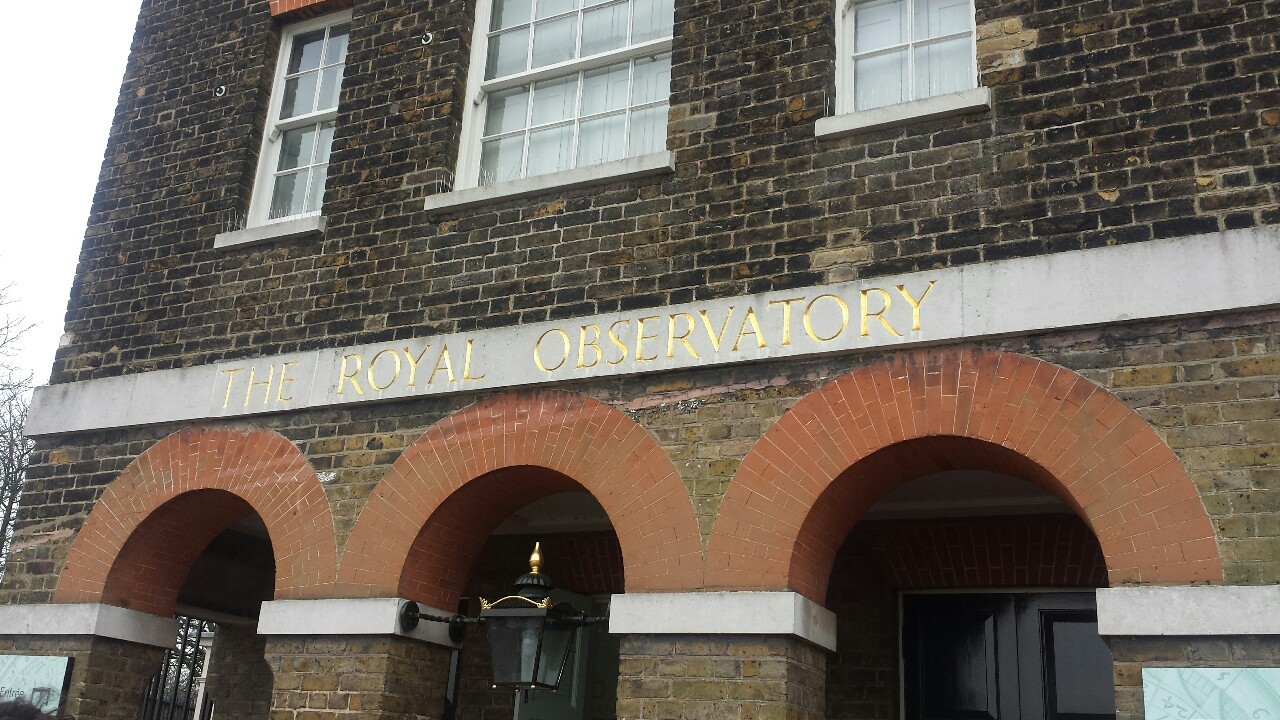
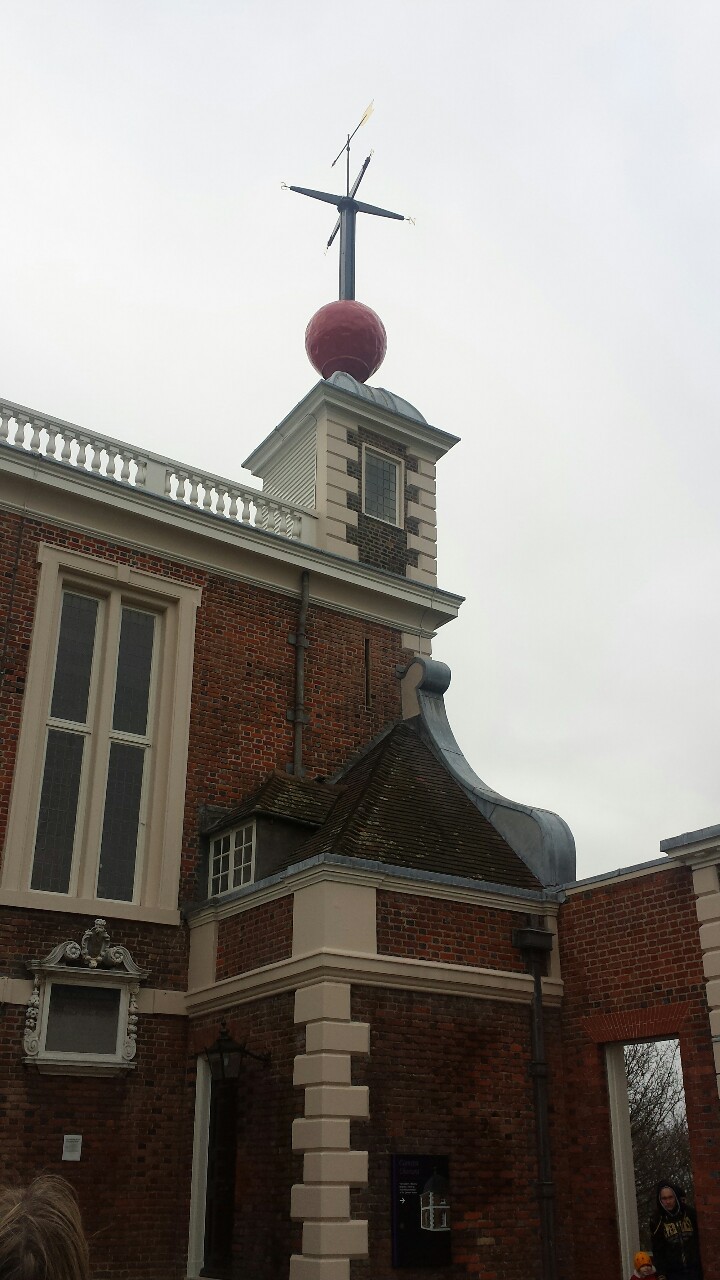
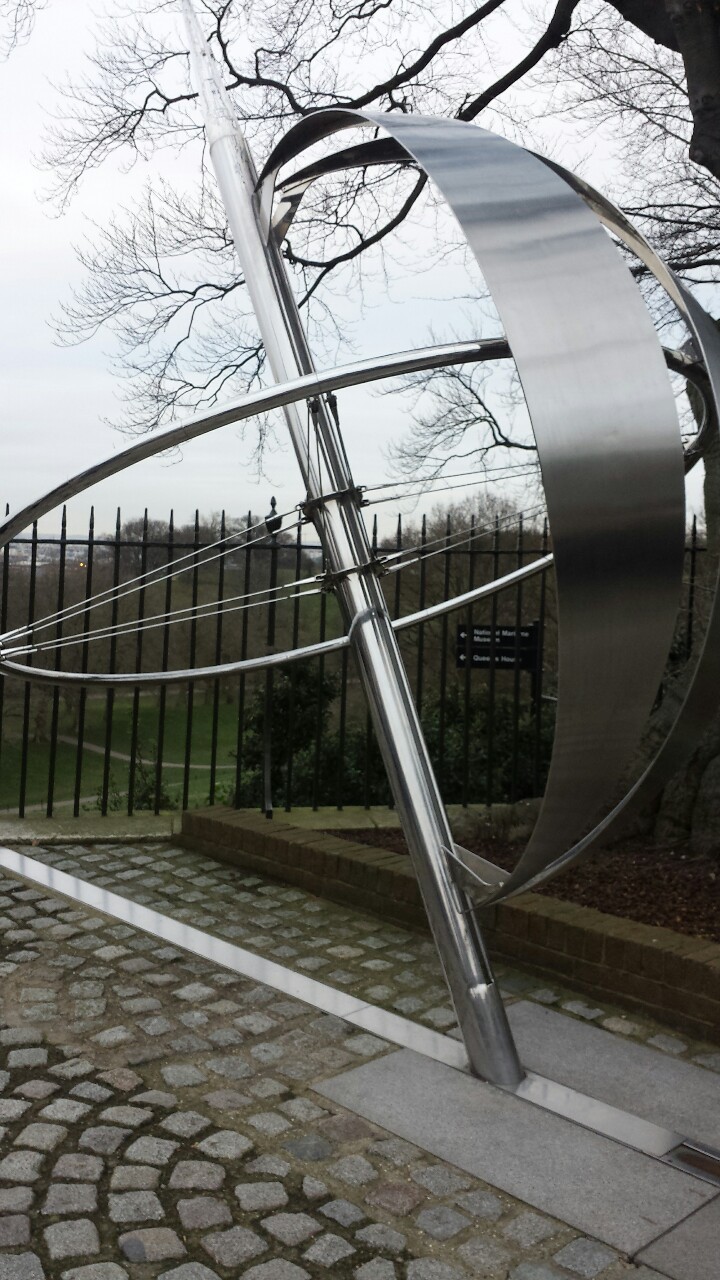

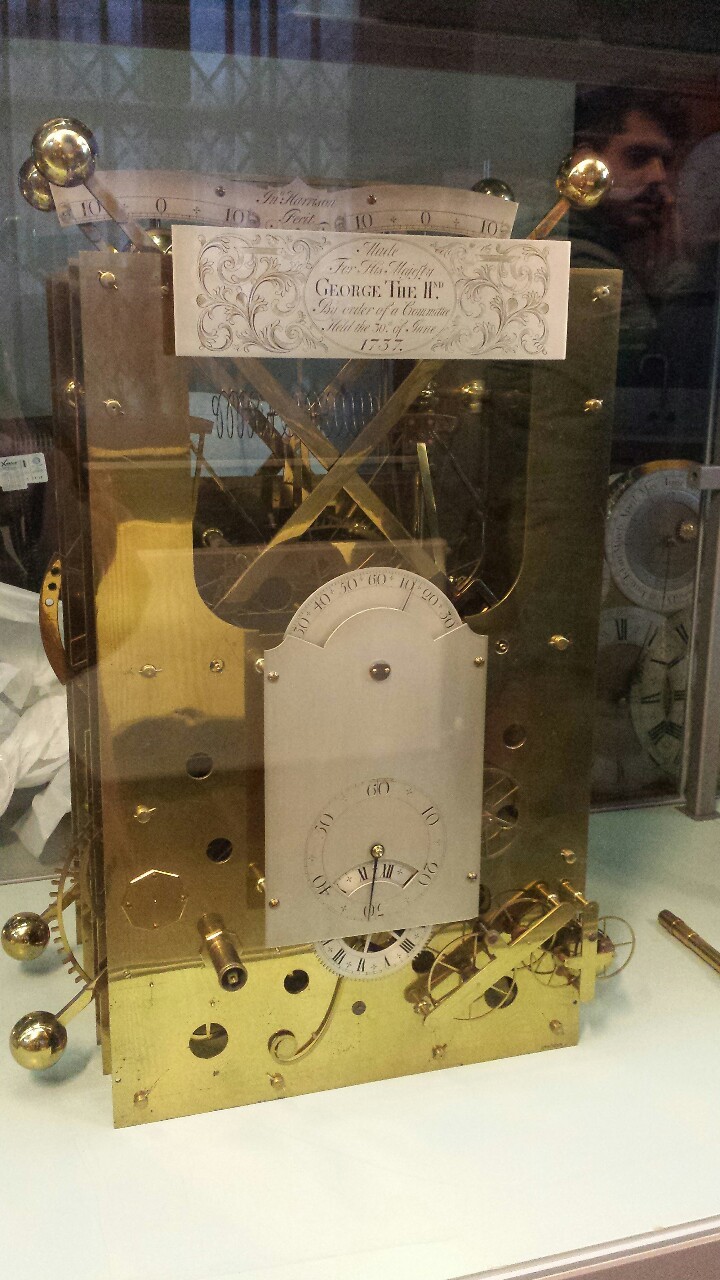
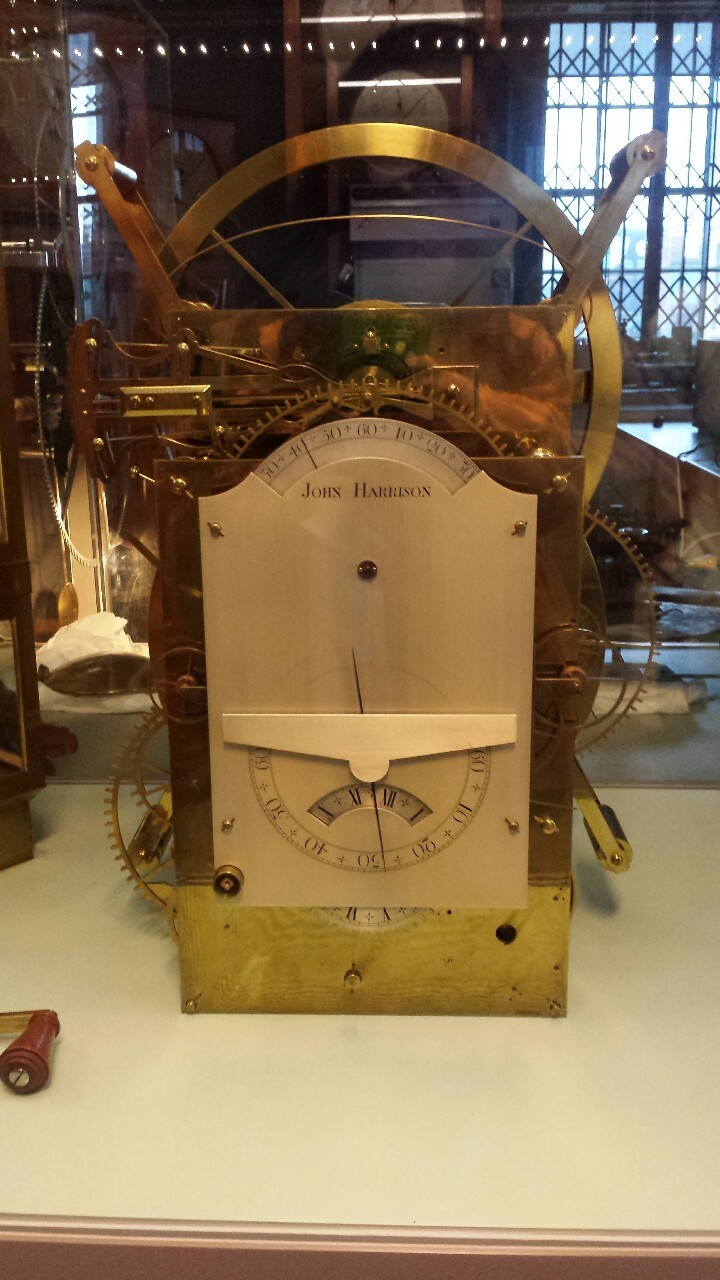
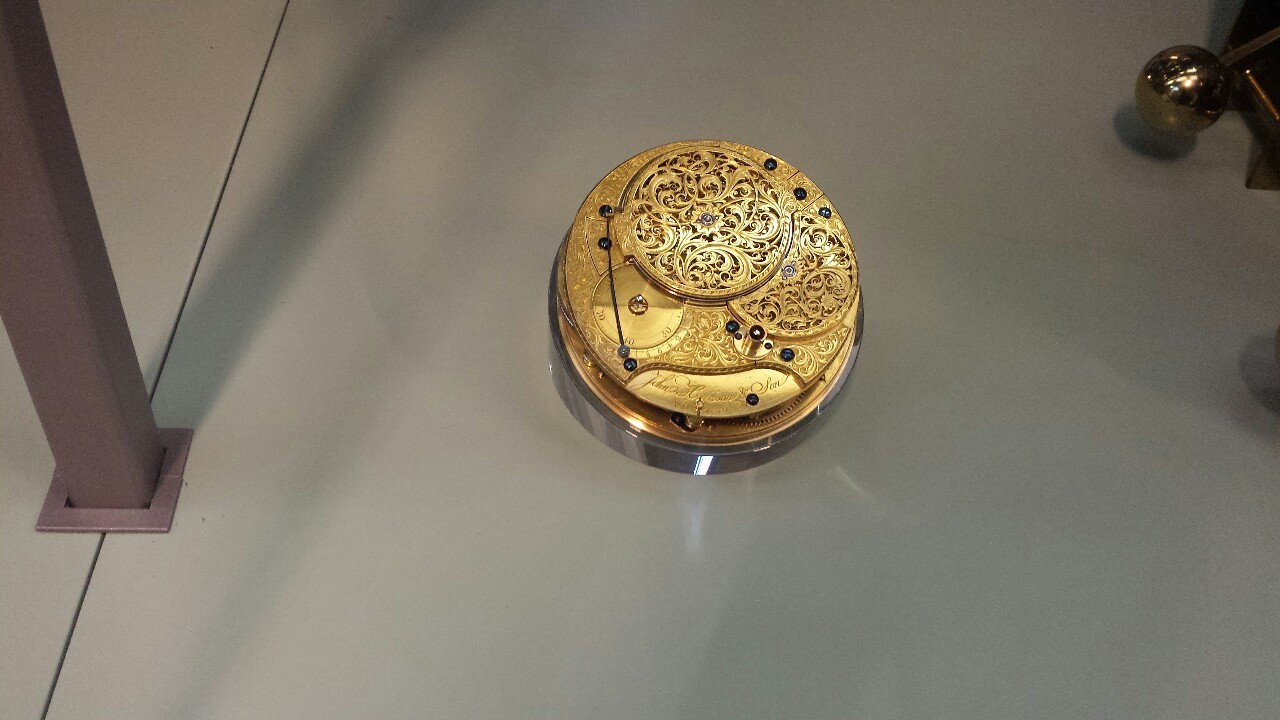




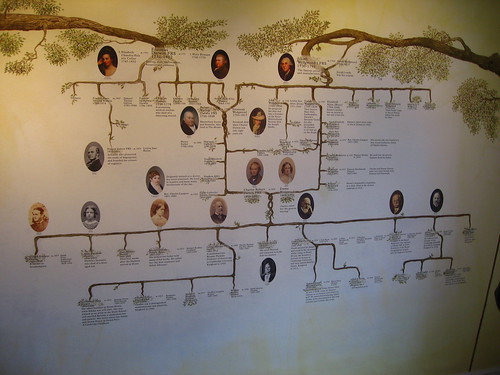











.jpg)



